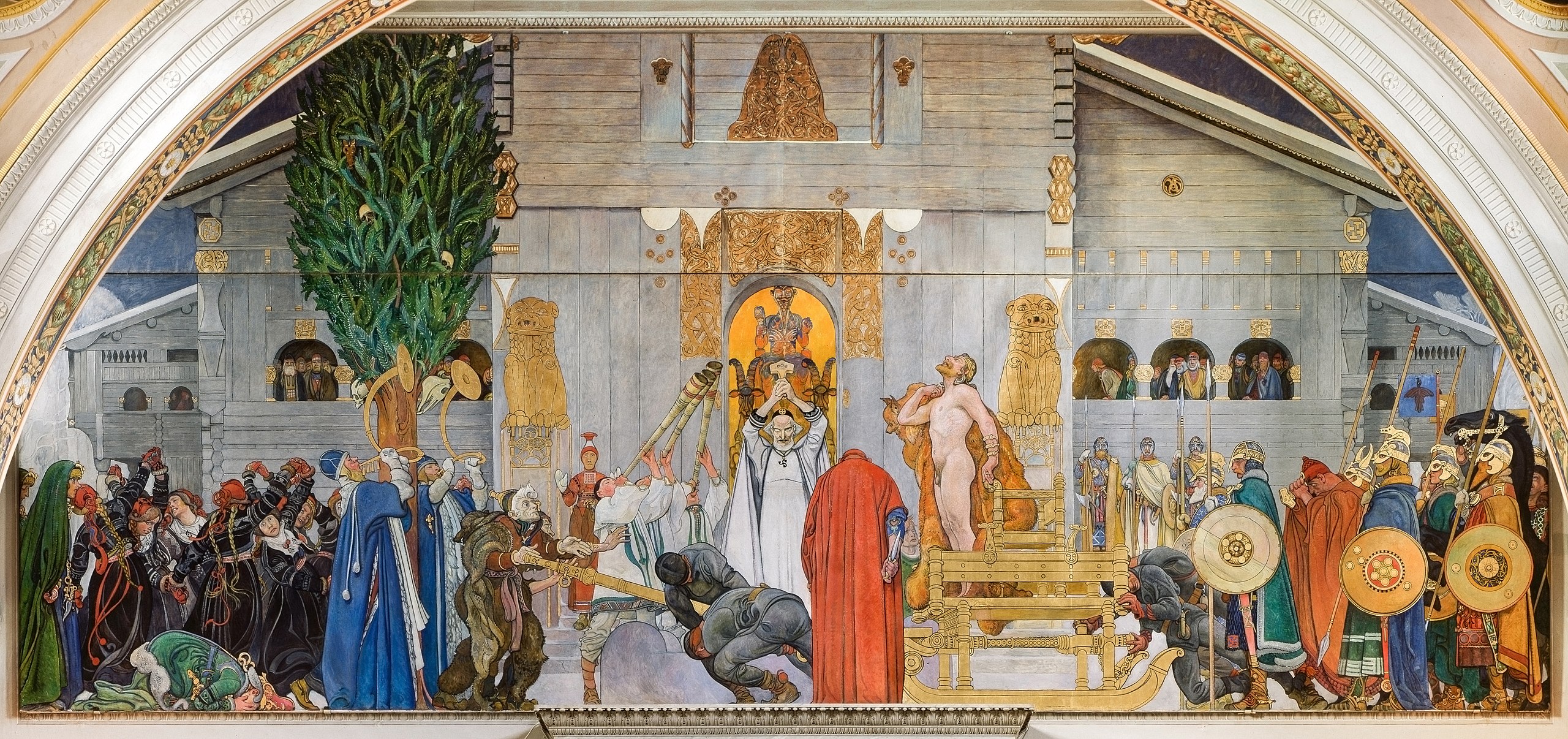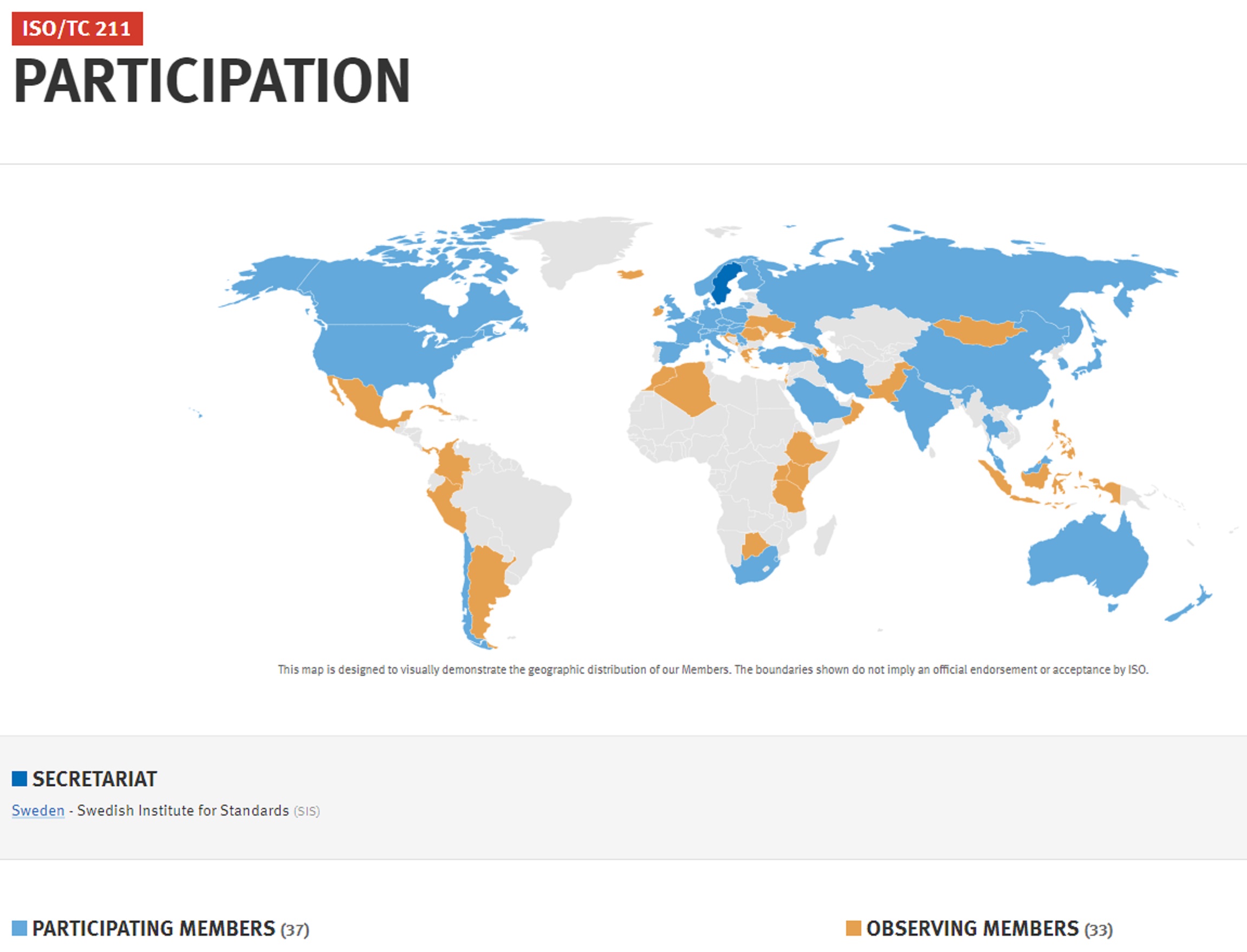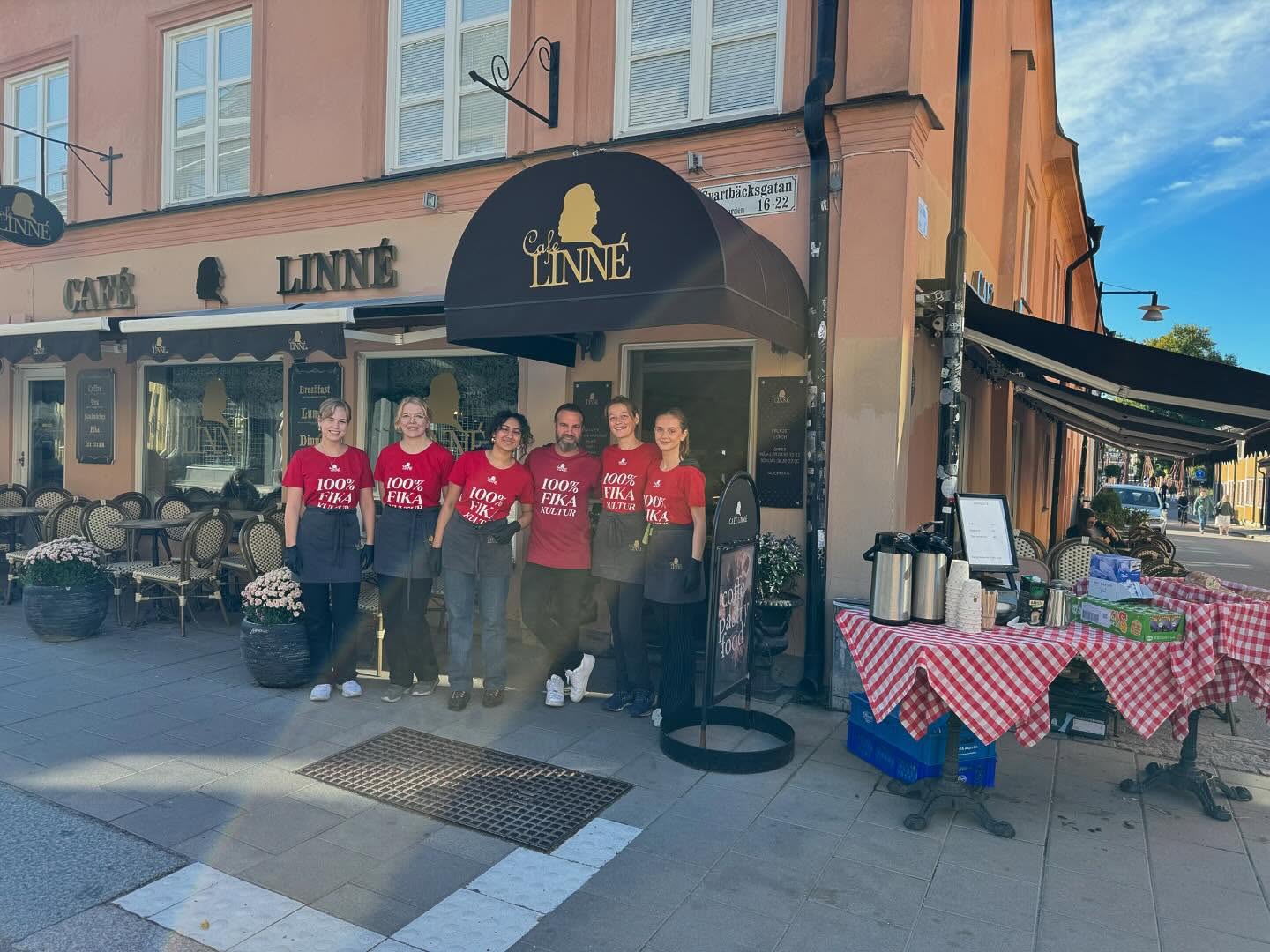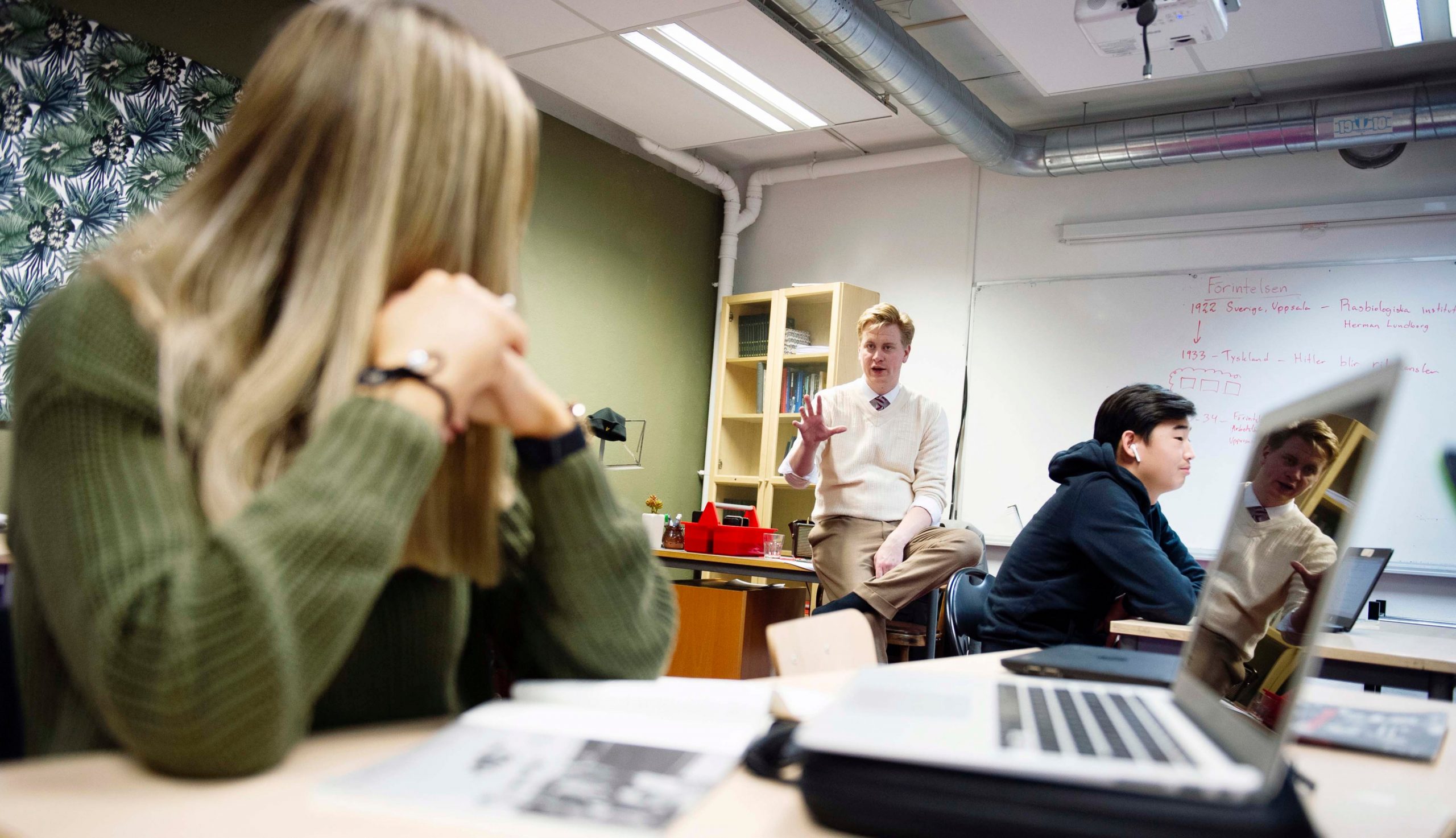Tag Archives: Sweden
- Home
- Posts tagged "Sweden"

Geomatics
The Swedish Standards Institute for Standards is the Global Secretariat for ISO TC/211 which leads standardization in the field of digital geographic information. Standardization titles developed by this committee aims to establish a structured set of standards for information concerning objects or phenomena that are directly or indirectly associated with a location relative to the Earth. These standards may specify, for geographic information, methods, tools and services for data management (including definition and description), acquiring, processing, analyzing, accessing, presenting and transferring such data in digital / electronic form between different users, systems and locations.
The United States Technical Advisory Group Administrator on behalf of ANSI is the InterNational Committee for Information Technology Standards. CLICK HERE for more information.
We maintain all ISO projects on the standing agenda of our Global and ICT colloquia which are open to everyone. You may communicate with Jennifer Garner (jgarner@itic.org) if you wish to participate in standards-setting activity from the United States point of view. Keep in mind that our network of education communities outside the United States is significant and long-standing.
Issue: [16-141]
Category: Global, Information & Communications Technology
Colleagues: Mike Anthony, Jim Harvey, Jack Janveja, Richard Robben
Blueberry Breakfast Soup
This content is accessible to paid subscribers. To view it please enter your password below or send mike@standardsmichigan.com a request for subscription details.
Café Linné Fika
Cafelinne | Annual Financial Reports 2019-2024
Glad midsommar from the Hahne family! 🇸🇪
For over 1,000 years, our people have gathered to celebrate light, life, and tradition.
We’re proud to pass this heritage on to our children. pic.twitter.com/8goBccL6ts— William Hahne (@William_Hahne) June 20, 2025
University students at restaurant ‘Flustrets’, Uppsala, Sweden 1896.
by inColorizedHistory
Nu finns en uppdaterad IT-standard som ska bidra till effektivare, säkrare dataflöde i skolan och enklare administration. Den erbjuds kostnadsfritt av SIS genom ett avtal med @Skolverket.https://t.co/QfDv2YxDci pic.twitter.com/WyYiRCuVsQ
— Svenska institutet för standarder, SIS (@svenskstandard) November 24, 2020
Cafe Prego
Lunds universitet Bokslut 2023 § Lunds universitet 1580’s

China’s dwindling marriage rate is fuelling demand for brides trafficked from abroad, via @ConversationUK: https://t.co/Qu38CQvAr4
— Lund University (@lunduniversity) March 17, 2025
Today is Arrival Day for spring! A big welcome to all our new students #studyabroad https://t.co/ecAlo0eUU3 pic.twitter.com/9tEptes2F4
— Lund University (@lunduniversity) January 13, 2025
What is a standard?
A standard is a common solution to a recurring problem. The purpose of standards is to create uniform and transparent procedures that we can agree on. It is in everyone’s interest to increase quality, avoid misunderstandings and avoid reinventing the wheel every time.
Standards pave the way for more efficient and resource-efficient production. They also make it easier to procure and sign contracts, as they ensure that buyers and suppliers speak the same language.
Advantages of using standards:
- Creates cost-effective processes
- Establishes a high minimum level
- Increases safety and quality
- Ensures compatibility
- Provides credibility both locally and globally
- Facilitates procurement
- Promotes trade and exports.
St. Lucy Bread
This content is accessible to paid subscribers. To view it please enter your password below or send mike@standardsmichigan.com a request for subscription details.
Lingonberries
True North Kitchen: Nordic Wild Berry Almond Smoothie
Lingonberries almost completely prevented weight gain in mice fed a high-fat diet, a study at Lund University in Sweden has found – whereas the ‘super berry’ açai led to increased weight gain. The Scandinavian berries also produced lower blood sugar levels and cholesterol.
Swedish Institute for Standards
Menkää metsään! Vaikkapa puolukkahommiin niinku minä. pic.twitter.com/MICfUjfWbk
— Rebekka Naatus (@Rebna) September 7, 2024
Summer Week 25 | June 16 – June 22
Monday | 16 June | Colloquium 15:00 UTC
Tuesday | 17 June | Colloquium 15:00 UTC
Wednesday | 19 June | Colloquium 15:00 UTC
Thursday | 20 June | Colloquium 15:00 UTC
Friday | 21 June | Colloquium 15:00 UTC
Saturday | 22 June
Sunday | 23 June
New update alert! The 2022 update to the Trademark Assignment Dataset is now available online. Find 1.29 million trademark assignments, involving 2.28 million unique trademark properties issued by the USPTO between March 1952 and January 2023: https://t.co/njrDAbSpwB pic.twitter.com/GkAXrHoQ9T
— USPTO (@uspto) July 13, 2023
Standards Michigan Group, LLC
2723 South State Street | Suite 150
Ann Arbor, MI 48104 USA
888-746-3670



















